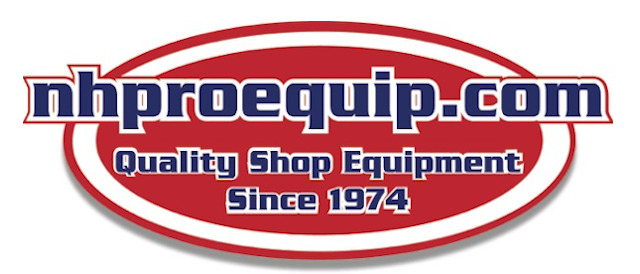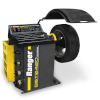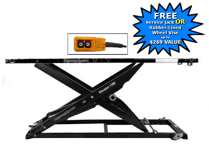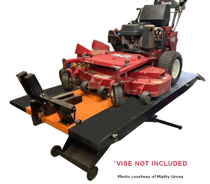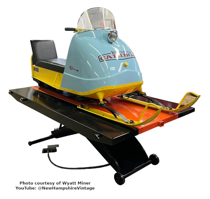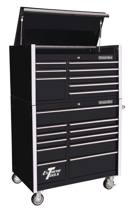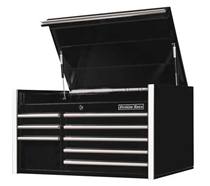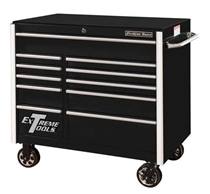- Register
- Log in
- Wishlist (0)
- My Cart (0) You have no items in your shopping cart.
Smoke Wizard Evap Tester FAQ
Can I replace the Tester’s solution with a basic generic mineral oil?
Not recommended! The OEM-Approved oil used in this Tester is not a generic mineral oil. In fact, generic mineral oils are not intended for this type of industrial use. The approved oil this tester uses is a highly refined mineral oil-based solution; blended in a special patented formula to be able to remain stable during the high temperatures exposed to during the oil’s vaporization process, and has been formulated to be friendly to automotive systems. That is why using this approved oil will not void any vehicle factory warranty.
Why do I need a special machine that includes OEM EVAP-Approved smoke technology, like this Smoke Wizard®, for testing a vehicle’s fuel vapor recovery system?
Most important is that the patented technology that is in the Smoke Wizard was developed in collaboration with the Big-3 U.S. automakers; designed to their specifications, to be safe on vehicle components (including activated charcoal, O2 sensors and catalytic converters); is approved for EVAP system testing, and will not void the vehicle factory warranty. Additionally, licensed EVAP-Approved Testers like the Smoke Wizard are designed to function with non-combustible inert gas, such as nitrogen, for the safest EVAP testing possible. Introducing oxygen-rich compressed air into the EVAP system increases the probability of igniting the gasoline fumes inside and outside the EVAP system.
Why do you recommend using an inert gas, such as nitrogen, when testing the EVAP system?
First of all, the requirement of using nitrogen is a requirement by most of the automakers using smoke technology today. Normally, the fuel tank environment is actually too rich in hydrocarbons and too lacking in oxygen to burn. Laboratory tests show that 11% of oxygen is all that is needed to be mixed with fuel vapors in order to sustain combustion. Therefore, introducing air containing 21% oxygen can easily convert the vehicle’s vapor space to a flammable state. The only thing that would be missing to create a fire or explosion is an ignition source. And as we all know, shop environments are full of potential ignition sources external to the fuel tank. Also, many of today’s electric fuel pump systems are contained inside the fuel tank, along with a portion of the wiring harness. It is not unusual to see overheated wires or short circuits at the fuel pump inside the fuel tank, creating a potential ignition source inside the fuel tank. On the other hand, a common nitrogen supply typically contains less than 1% oxygen, making it impossible to sustain combustion in the fuel tank.
What other leaks can be found besides EVAP leaks?
Your Smoke Wizard® can be used to detect leaks in most low pressure systems where air travels. Such as throttle body & carburetor leaks, injector seals, power brake booster leaks, inter-cooler & turbo charger leaks, EGR valve leaks & EGR system restriction, under dash leaks, vacuum door lock systems, pre-assembly testing of components (such as Cooling Systems, Engine Gaskets, Diaphragms, Many Oil Seals & Gaskets) and many others. Using the optional diffuser adapter, you can detect door, window & sunroof’s wind & water leaks.
In operating my Smoke Wizard, how can I be sure I am not connected to a plugged or restricted line and think I am introducing smoke into the system being tested but really I am not?
Look at the Smoke Wizard flow meter. When you initially turn the Smoke Wizard on, the flow meter will show no flow if you connect the Tester’s hose to a restricted line. Note: No flow in the flow meter can also indicate there is no leak in a system that has already been filled.
Why can’t I adjust the smoke machine’s output pressure and wouldn’t a smoke machine that generates a higher smoke pressure detect leaks better?
The Big-3 U.S. automakers specified that the design of this technology was to prohibit the user from adjusting the output pressure of the machine (other than for calibration purposes). That requirement was one of many requirements in order to get “OEM EVAP-approved” status on a smoke machine. Not a chance has been taken for the Smoke Wizard operator to make even an honest mistake and over-pressure the volatile EVAP system of a vehicle. Additionally, trying to detect a leak with smoke pressure higher than this machine is set for is actually more difficult. The lower the smoke pressure, the more visible the smoke becomes. To obtain best results when using your Smoke Wizard simply fill the system being tested with smoke; seal system and allow the system to achieve full test pressure; observe flow at the flow meter; inspect system for leaks and adjust smoke flow, if desired. This technique will assure you optimal smoke visibility while providing fast and accurate leak detection!
